Designer: Miuccia Prada | House: Prada
Under the sun’s benevolent gaze or the city’s indifferent shimmer, fashion does not merely shield — it signals. In the quiet gesture of choosing a hat, particularly one approved by Miuccia Prada, lies an entire philosophy of intent: leisure without frivolity, elegance without overture, and practicality with poise. In recent seasons, Prada’s signature headwear—be it bucket hats in Re-Nylon, minimalist visors, or supple raffia creations—has emerged not as seasonal accessory, but as semiotic shield. This is no mere poolside flourish or errand-ready add-on; it is a fully-formed thesis on utility, coded luxury, and quiet self-regard.
To understand this piece of headwear is to understand Miuccia herself—a woman who has long refused the binary of utility and ornamentation. At Prada, she doesn’t dress for the male gaze or even for approval from the fashion elite. She designs for a woman who thinks before she looks, who walks before she poses, and who needs her wardrobe to keep pace with her contradictions. This hat—whether seen peeking out beneath architectural coats in the Fall/Winter collections or shading eyes in a balmy Summer campaign—embodies that ethos.
Miuccia’s Hat: Between Function and Fiction
The very idea of headwear in luxury fashion has always flirted with ambivalence. It can be costume (think Schiaparelli’s surrealist headpieces), status symbol (the Hermès silk scarf wrapped with calculated indifference), or nostalgic nod (Saint Laurent’s fedoras or Chanel’s tweed caps). But Prada’s approach to the hat is different—it demystifies. A Prada hat says: “I’m here, I thought about this, and now I can forget about it.”
Miuccia Prada’s sanctioned bucket hat, in particular, has taken on totemic relevance. Made from Re-Nylon—a recycled, regenerated nylon derived from ocean plastics—it quietly advances Prada’s commitment to environmental responsibility. Yet its silhouette, softly structured and often rendered in monochrome, carries a familiarity that transcends trend cycles. It is this tension—between the hat’s industrial origin and its gentle, domestic usage—that captures Miuccia’s unique ability to cultivate aesthetic paradox.
The hat is not simply worn; it is employed. For the wearer, it is an object that frames the face while deflecting attention, both a shield and spotlight. A woman in a Prada hat is not trying to disappear. She is simply asking not to be interpreted too easily.
Errands, Leisure, and the Myth of Effortlessness
Fashion editorial language is often prone to invoking the errand—“errand-ready,” “off-duty,” “daily-uniform”—as a way to romanticize routine. But Miuccia’s hat, however appropriate for a spontaneous market run or last-minute airport dash, resists being flattened into easewear. It holds space for the weight of personal style, even in quotidian moments. When worn while taking out the recycling or picking up dry cleaning, it subtly reframes these actions as part of a ritual, rather than a race against the mundane.
The hat becomes a boundary—a soft but clear assertion of one’s personal universe. There is something almost cinematic about it: a frame for solitude, a prop for introspection, a device that turns simple actions into studied gestures. One thinks of Sofia Coppola’s characters—women caught between interiority and image—finding their agency not through explosive confrontation, but through quiet rituals. A hat like this lends itself to that same visual language: the aesthetics of waiting, of wandering, of watching from behind a screen of intention.
The notion of “relaxing days spent by the pool” also takes on a new valence when read through the Prada filter. This is not the luxury of excess but the luxury of control. It is the ability to choose one’s exposure—to sun, to gaze, to spontaneity. The Prada hat allows one to recline without reclining into stereotype. It retains composure even while letting go.
A Case Study in Control: The Woman Beneath the Brim
Miuccia’s own personal style—often described as cerebral, idiosyncratic, even anti-glamorous—finds its echo in her headwear. Whether she appears in archival Prada runway interviews or contemporary portraits, she rarely leans into conventional signifiers of flamboyance. Her style is a form of editorial restraint: a uniform of collared shirts, skirts, sensible shoes, and the occasional graphic or theatrical piece layered atop the practical. The hat, when it appears, is a cipher. It conceals without hiding.
In this way, Prada’s signature headwear operates as an accessory of authority. It is not deferential or coquettish. It communicates authorship—over mood, over aesthetic, over the wearer’s image in a world that constantly seeks to caption women. This hat, like a well-tailored coat or an old friend’s advice, provides contour in moments when ambiguity can be overwhelming.
It’s no surprise then that the hat features prominently in Prada’s seasonal lookbooks and advertising campaigns. In the 2024 Resort campaign, for example, the raffia wide-brim iteration appeared alongside technical swimwear and linen suiting. The visual narrative was not of a woman on holiday, but of a woman who has domesticated escape. She’s not running away from responsibility; she’s orchestrating leisure with the precision of a tactician. The hat crowns this orchestration—not as an indulgence, but as equipment.
Cultural Reverberations and the Era of Quiet Luxury
We are, culturally speaking, at the crest of a new appreciation for understatement. From the rise of “quiet luxury” aesthetics (Loro Piana, The Row, Totême) to the valorization of anonymous tailoring over conspicuous branding, the fashion world is reckoning with fatigue: from logos, from hype, from trend acceleration. In this context, the Prada-approved hat reads like a whisper with sharp edges. Its value lies in its discretion. It doesn’t broadcast status, it encodes it.
Even among celebrities and influencers, the shift is palpable. Instead of logo-laden caps, Prada’s Re-Nylon hats are spotted on the heads of low-key tastemakers, film directors, and editors rather than influencers chasing virality. There’s a certain irony here: the hat’s widespread recognizability among insiders actually intensifies its exclusivity. The person who knows, knows.
On TikTok, Gen Z style curators praise its “permanence” and “archival potential.” On Instagram, fashion stylists post the same raffia piece season after season—styled differently but unchanged, because its structural simplicity demands no evolution. It is timeless not because it resists age, but because it resists attention.
The Material as Message: Re-Nylon and Raffia
It would be remiss to explore this hat without a closer look at its materials. Prada’s Re-Nylon, launched in 2019, was a landmark sustainability initiative that reimagined the house’s industrial heritage. Nylon, once the darling of 1980s utilitarianism, had become something of an environmental pariah. Prada’s regenerated version—sourced from plastic waste and fishing nets—was not only a technical innovation, but a symbolic one.
By using Re-Nylon for one of its most visible accessories, Prada signaled a new alignment: eco-consciousness not as branding, but as fabric. Likewise, the brand’s raffia styles are handcrafted, sun-bleached, and irregular—a meditation on slow time. These materials carry meaning in their texture: nylon’s quiet sheen suggests urbanity and control, while raffia’s organic weave hints at imperfection, pause, and earthliness. Together, they allow the same silhouette to perform differently, depending on the setting and the wearer’s mood.
Wearing the Prada Hat in 2025
In the current climate—literal and metaphorical—the Prada hat has taken on new urgency. As climate change alters our relationship to sun exposure, heat, and outdoor living, the hat is no longer a stylish indulgence but an essential companion. Likewise, the broader culture’s re-evaluation of privacy, agency, and aesthetic intention puts renewed power in the hands (and heads) of those who curate their appearance with care.
We live in an era when to cover one’s face is also a statement—about surveillance, about self-preservation, about how we wish to be seen or unseen. In that context, the Prada hat becomes not only a luxury item, but a cultural artefact: one that encodes privacy, identity, and care into an object too often dismissed as frivolous.
Beyond Accessory, Into Attitude
To dismiss this piece of Miuccia Prada-approved headwear as simply “stylish for errands” or “ideal by the pool” is to miss its deeper function. It is a wearable declaration of posture—a way of entering the world on one’s own terms. It offers shelter without spectacle, presence without noise. Whether worn with a plain white shirt and cotton shorts or an architecturally tailored Prada coat, it whispers the same message: I thought about this. And now I can move through the world, uninterrupted.
Like all good design, this hat doesn’t impose meaning—it makes space for it. And in that space, the wearer decides: not just how they wish to be seen, but who they are when no one is watching.
No comments yet.

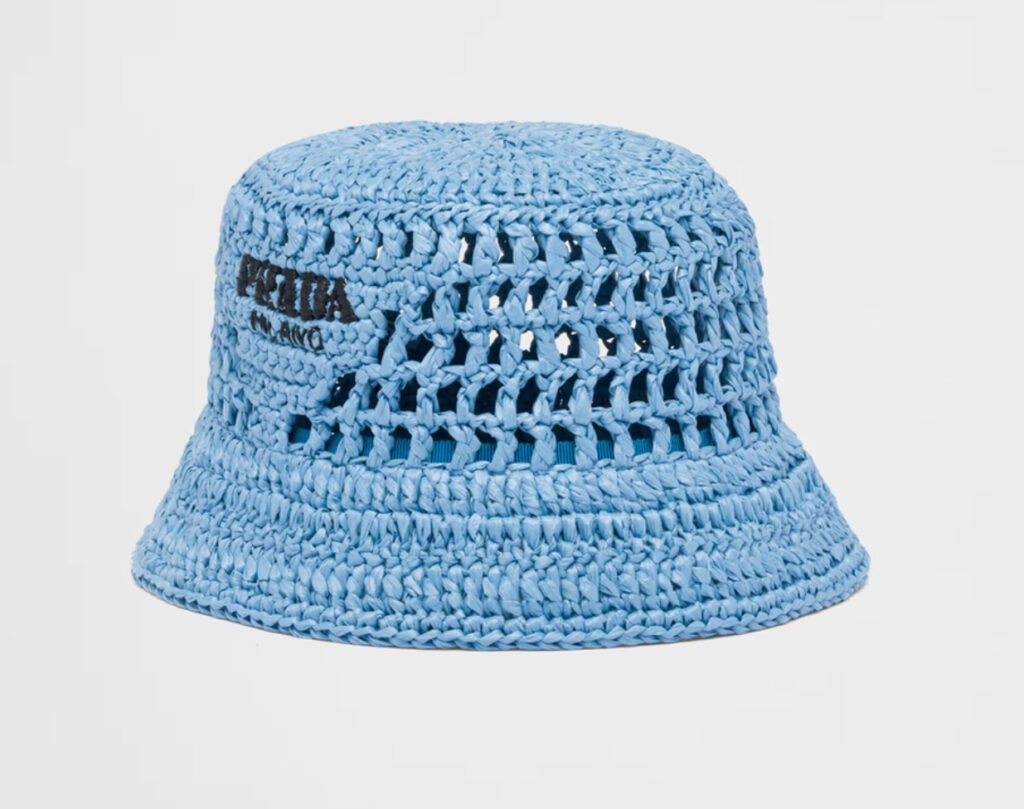

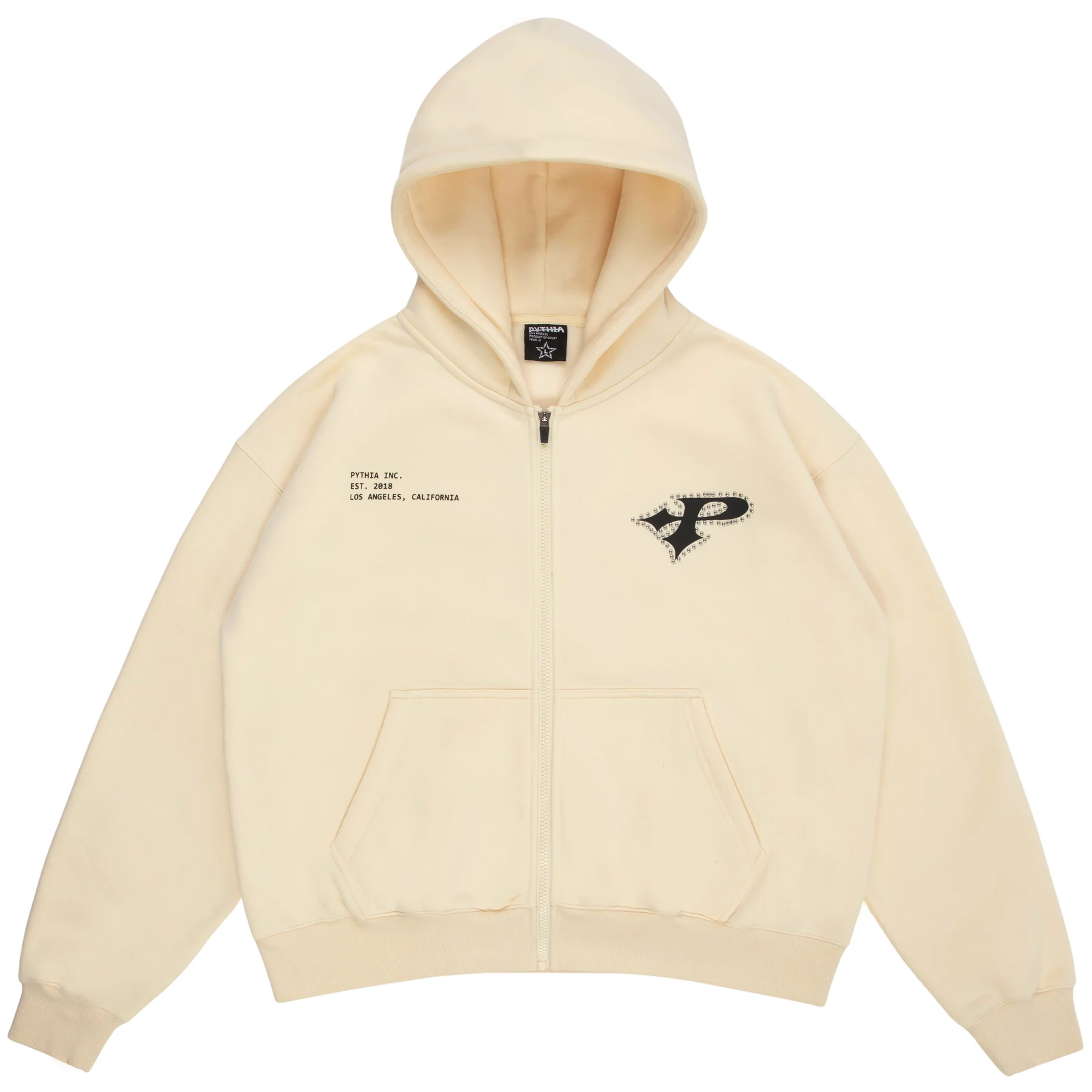
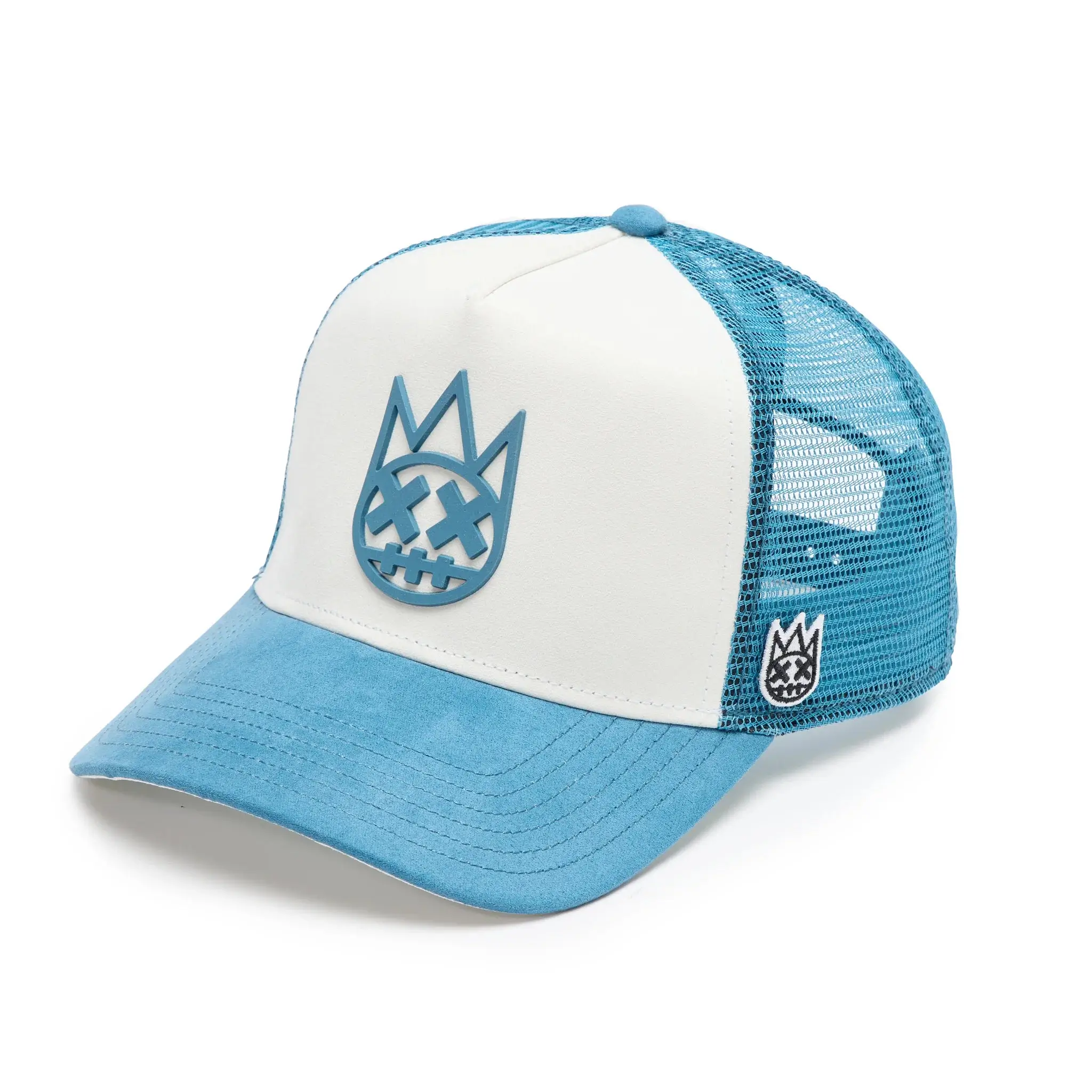
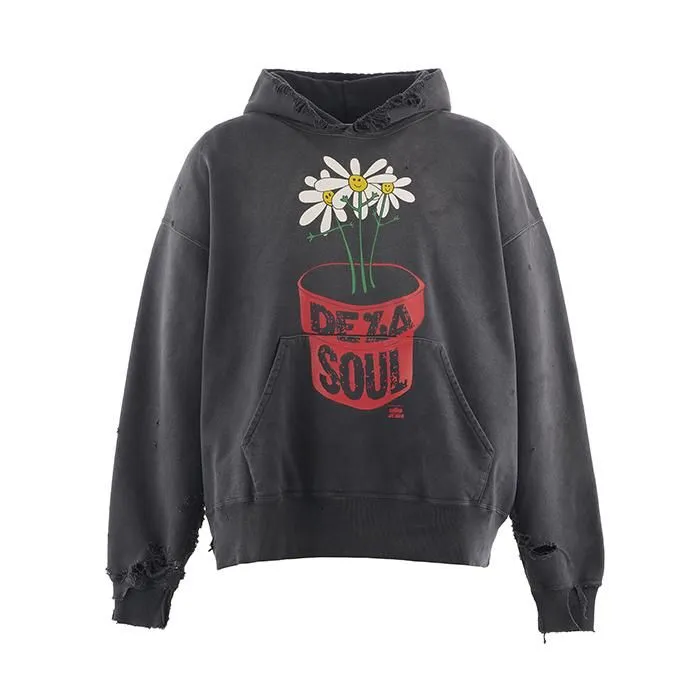


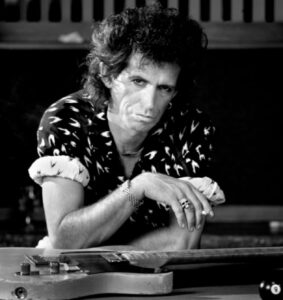
![The Audemars Piguet [RE]Master02 luxury dress watch, featuring rose gold accents, vintage-inspired design, and modern movement](https://drypht.co/wp-content/uploads/2024/12/IMG_0599-300x200.jpeg)